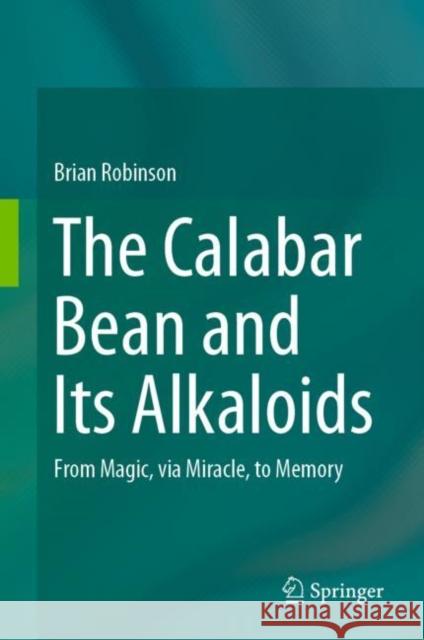The Calabar Bean and Its Alkaloids: From Magic, Via Miracle, to Memory » książka
topmenu
The Calabar Bean and Its Alkaloids: From Magic, Via Miracle, to Memory
ISBN-13: 9789402411904 / Angielski / Twarda / 2023 / 218 str.
The Calabar Bean and Its Alkaloids: From Magic, Via Miracle, to Memory
ISBN-13: 9789402411904 / Angielski / Twarda / 2023 / 218 str.
cena 726,29 zł
(netto: 691,70 VAT: 5%)
Najniższa cena z 30 dni: 693,97 zł
(netto: 691,70 VAT: 5%)
Najniższa cena z 30 dni: 693,97 zł
Termin realizacji zamówienia:
ok. 22 dni roboczych
Bez gwarancji dostawy przed świętami
ok. 22 dni roboczych
Bez gwarancji dostawy przed świętami
Darmowa dostawa!
Kategorie:
Wydawca:
Springer
Język:
Angielski
ISBN-13:
9789402411904
Rok wydania:
2023
Wydanie:
2021
Ilość stron:
218
Oprawa:
Twarda
Wolumenów:
01
Dodatkowe informacje:
Wydanie ilustrowane











